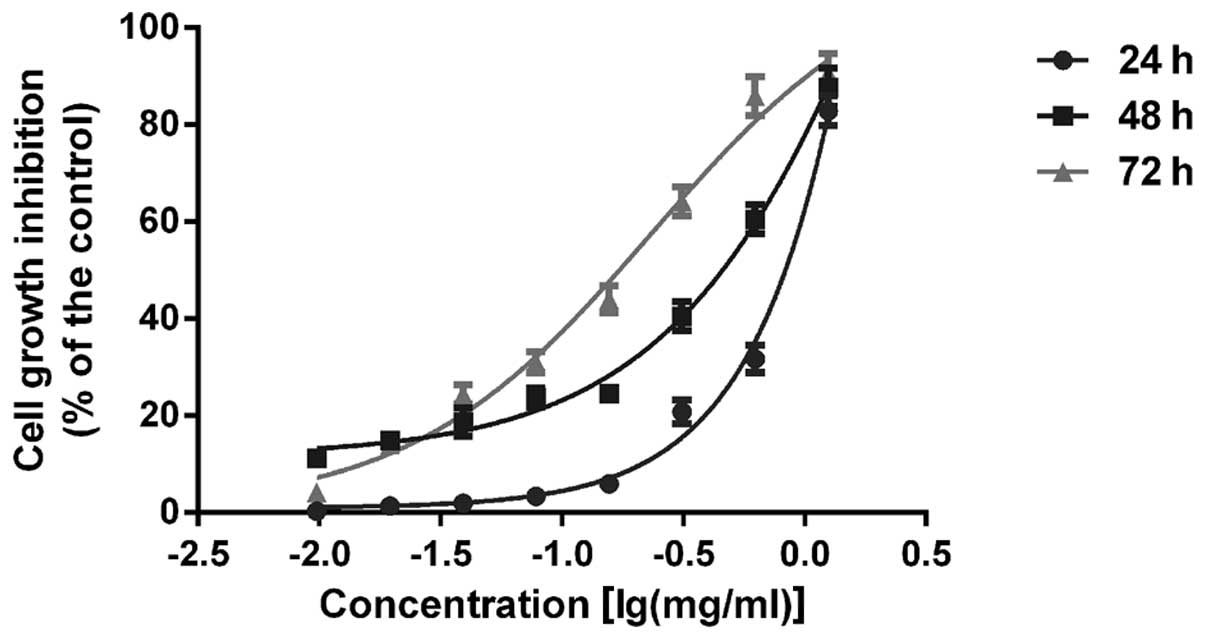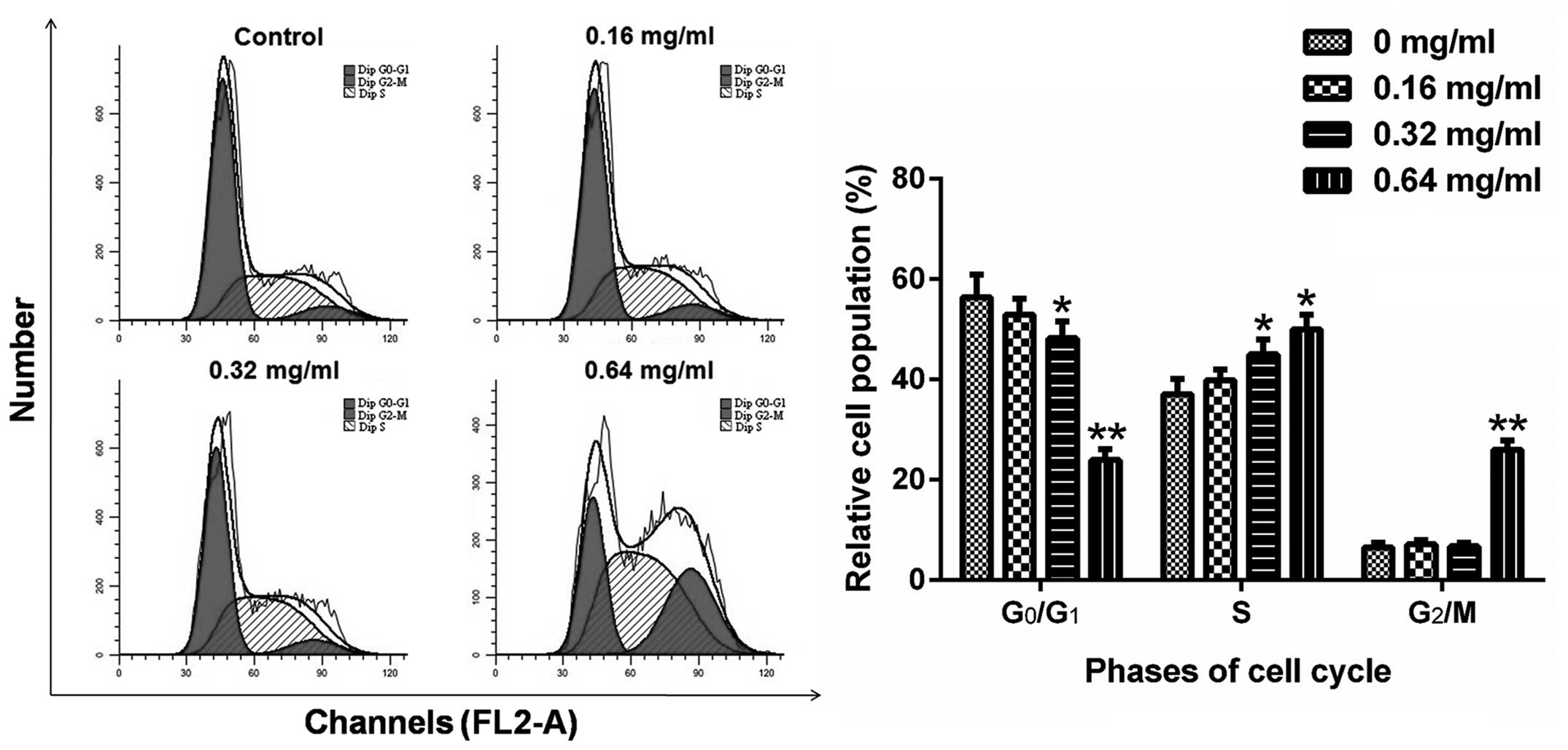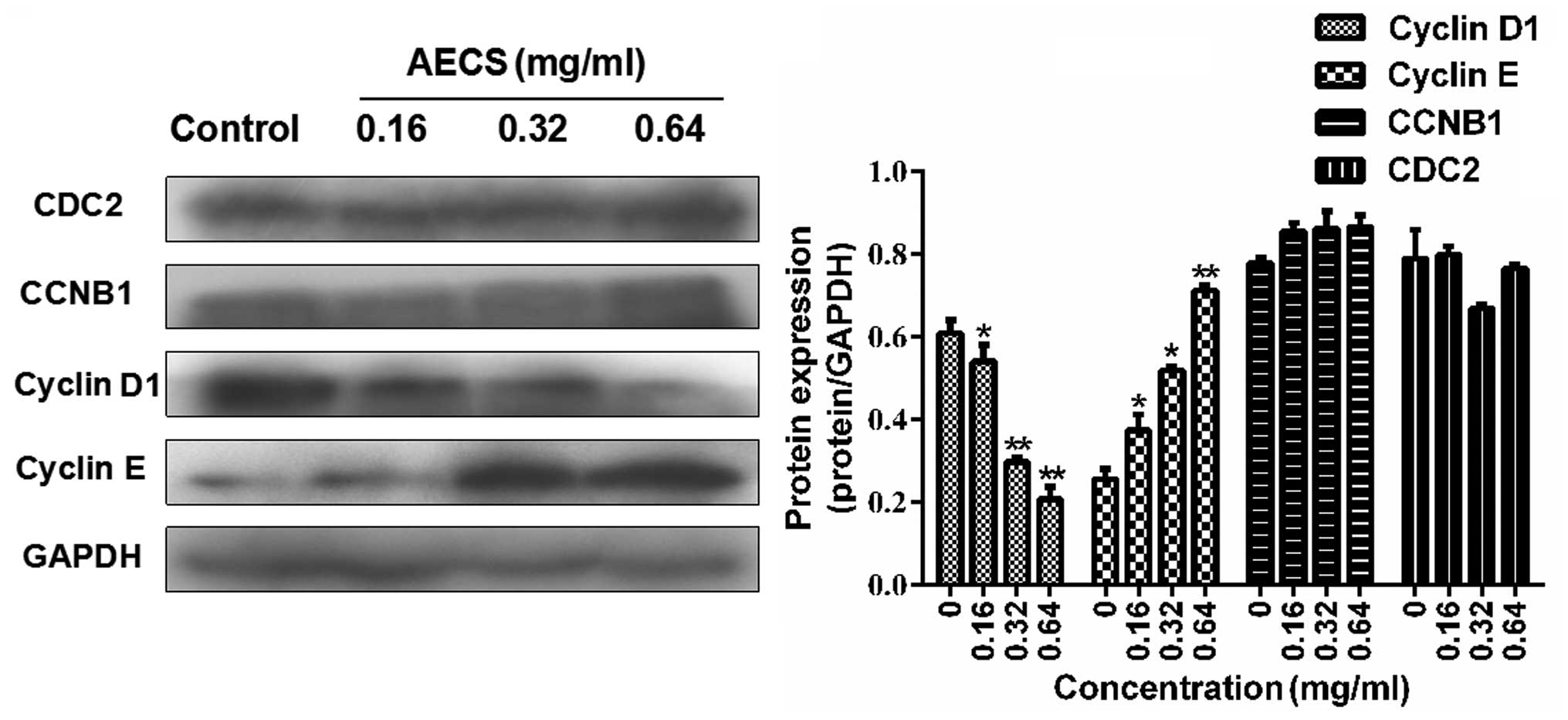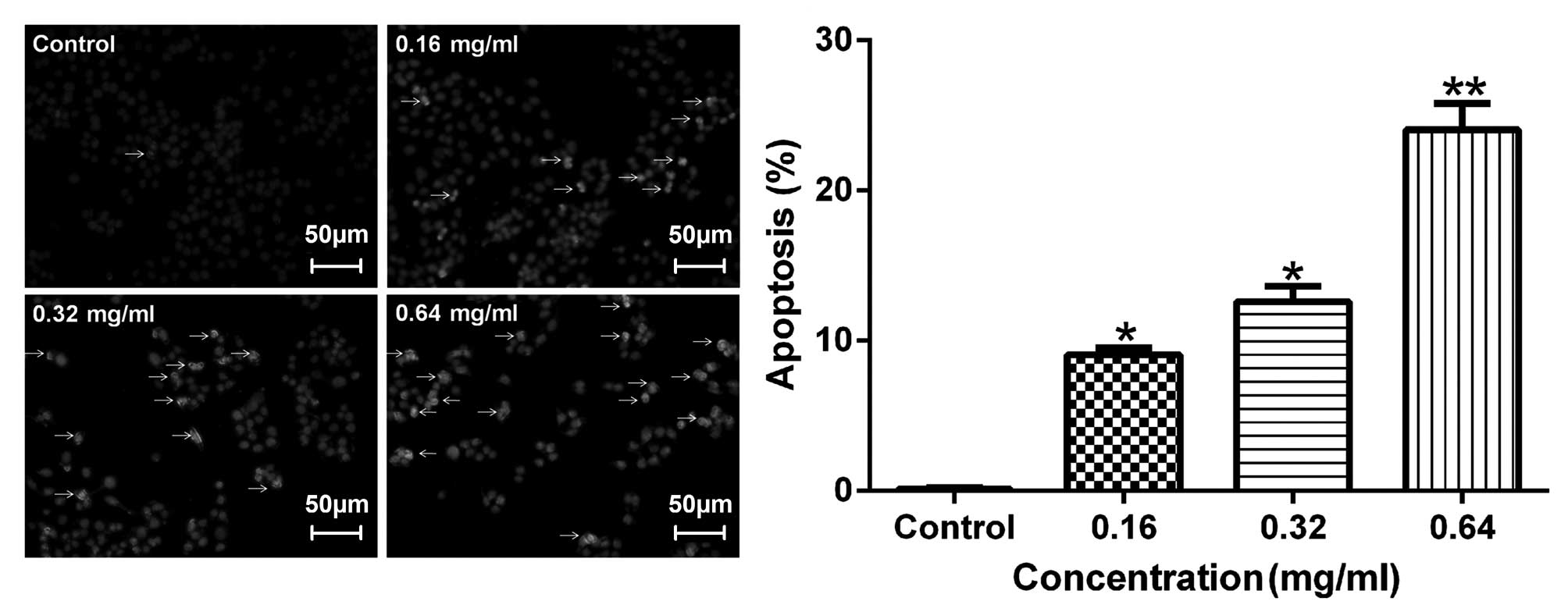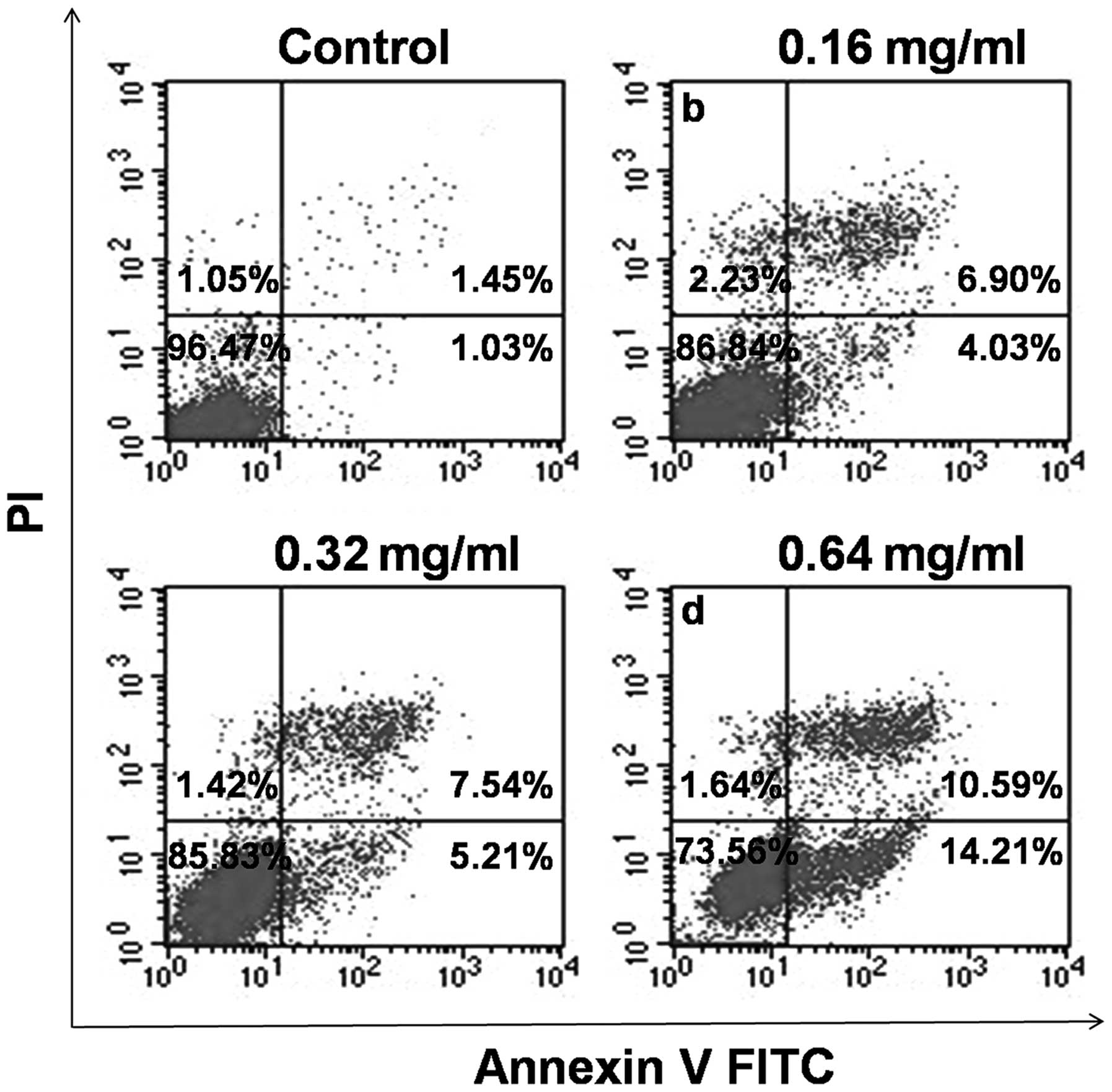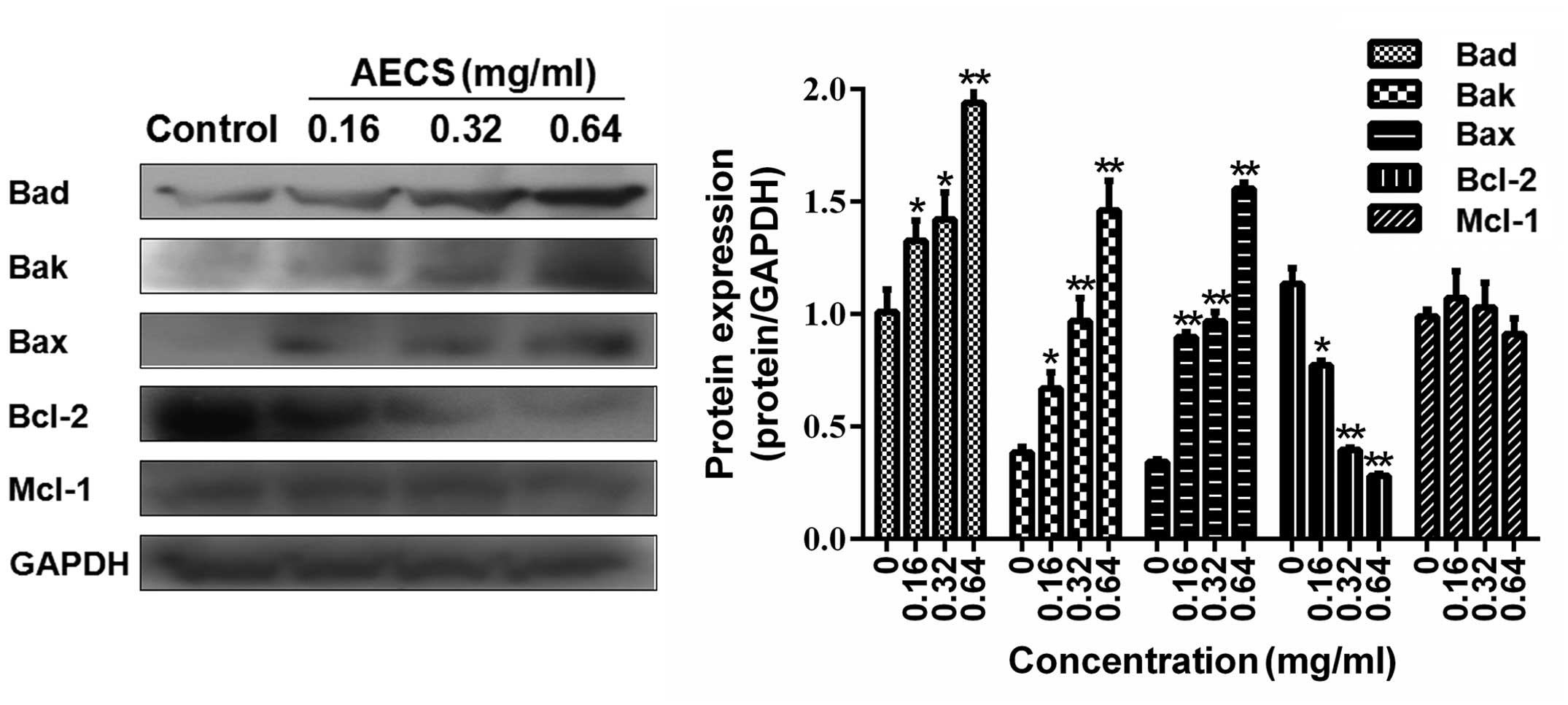|
1
|
Dugon MM and Arthur W: Prey orientation
and the role of venom availability in the predatory behaviour of
the centipede Scolopendra subspinipes mutilans (Arthropoda:
Chilopoda). J Insect Physiol. 58:874–880. 2012.
|
|
2
|
Moon SS, Cho N, Shin J, Seo Y, Lee CO and
Choi SU: Jineol, a cytotoxic alkaloid from the centipede
Scolopendra subspinipes. J Nat Prod. 59:777–779. 1996.
|
|
3
|
Undheim EA and King GF: On the venom
system of centipedes (Chilopoda), a neglected group of venomous
animals. Toxicon. 57:512–524. 2011.
|
|
4
|
Gomes A, Datta A, Sarangi B, Kar PK and
Lahiri SC: Isolation, purification and pharmacodynamics of a toxin
from the venom of the centipede Scolopendra subspinipes
dehaani Brandt. Indian J Exp Biol. 21:203–207. 1983.
|
|
5
|
Liu ZC, Zhang R, Zhao F, Chen ZM, Liu HW,
Wang YJ, Jiang P, Zhang Y, Wu Y, Ding JP, et al: Venomic and
transcriptomic analysis of centipede Scolopendra subspinipes
dehaani. J Proteome Res. 11:6197–6212. 2012.
|
|
6
|
Cho JH, Lee JG, Yang YI, Kim JH, Ahn JH,
Baek NI, Lee KT and Choi JH: Eupatilin, a dietary flavonoid,
induces G2/M cell cycle arrest in human endometrial cancer cells.
Food Chem Toxicol. 49:1737–1744. 2011.
|
|
7
|
Lee HZ, Leung HW, Lai MY and Wu CH:
Baicalein induced cell cycle arrest and apoptosis in human lung
squamous carcinoma CH27 cells. Anticancer Res. 25:959–964.
2005.
|
|
8
|
He G, Kuang J, Khokhar AR and Siddik ZH:
The impact of S- and G2-checkpoint response on the fidelity of
G1-arrest by cisplatin and its comparison to a non-cross-resistant
platinum (IV) analog. Gynecol Oncol. 122:402–409. 2011.
|
|
9
|
Morgan DO: Principles of CDK regulation.
Nature. 374:131–134. 1995.
|
|
10
|
Nomura M, Shimizu S, Ito T, Narita M,
Matsuda H and Tsujimoto Y: Apoptotic cytosol facilitates Bax
translocation to mitochondria that involves cytosolic factor
regulated by Bcl-2. Cancer Res. 59:5542–5548. 1999.
|
|
11
|
Tamm I, Schriever F and Dörken B:
Apoptosis: implications of basic research for clinical oncology.
Lancet Oncol. 2:33–42. 2001.
|
|
12
|
Liu X and Zhong D: Study on the mechanisms
of tumor inhibitory effect of centipede extraction on heterotopic
grafting hepatocellular carcinoma in nude mice. Zhong Guo Pu Tang
Wai Ke Za Zhi. 2:164–168. 2010.(In Chinese).
|
|
13
|
King KL and Cidlowski JA: Cell cycle
regulation and apoptosis. Annu Rev Physiol. 60:601–617. 1998.
|
|
14
|
Lin W, Zheng L, Zhuang Q, Shen A, Liu L,
Chen Y, Sferra TJ and Peng J: Spica prunellae extract
inhibits the proliferation of human colon carcinoma cells via the
regulation of the cell cycle. Oncol Lett. 6:1123–1127. 2013.
|
|
15
|
Pan J, She M, Xu ZX, Sun L and Yeung SC:
Farnesyltransferase inhibitors induce DNA damage via reactive
oxygen species in human cancer cells. Cancer Res. 65:3671–3681.
2005.
|
|
16
|
Wolter F, Akoglu B, Clausnitzer A and
Stein J: Downregulation of the cyclin D1/Cdk4 complex occurs during
resveratrol-induced cell cycle arrest in colon cancer cell lines. J
Nutr. 131:2197–2203. 2001.
|
|
17
|
Park JW, Choi YJ, Jang MA, Lee YS, Jun DY,
Suh SI, Baek WK, Suh MH, Jin IN and Kwon TK: Chemopreventive agent
resveratrol, a natural product derived from grapes, reversibly
inhibits progression through S and G2 phases of the cell cycle in
U937 cells. Cancer Lett. 163:43–49. 2001.
|
|
18
|
Longley DB, Ferguson PR, Boyer J, Latif T,
Lynch M, Maxwell P, Harkin DP and Johnston PG: Characterization of
a thymidylate synthase (TS)-inducible cell line: a model system for
studying sensitivity to TS- and non-TS-targeted chemotherapies.
Clin Cancer Res. 7:3533–3539. 2001.
|
|
19
|
Shreeram S, Sparks A, Lane DP and Blow JJ:
Cell type-specific responses of human cells to inhibition of
replication licensing. Oncogene. 21:6624–6632. 2002.
|
|
20
|
Zhou QM, Wang XF, Liu XJ, Zhang H, Lu YY,
Huang S and Su SB: Curcumin improves MMC-based chemotherapy by
simultaneously sensitising cancer cells to MMC and reducing
MMC-associated side-effects. Eur J Cancer. 47:2240–2247. 2011.
|
|
21
|
Rasul A, Ding C, Li X, Khan M, Yi F, Ali M
and Ma T: Dracorhodin perchlorate inhibits PI3K/AKT and NF-κβ
activation, up-regulates the expression of p53, and enhances
apoptosis. Apoptosis. 17:1104–1119. 2012.
|



